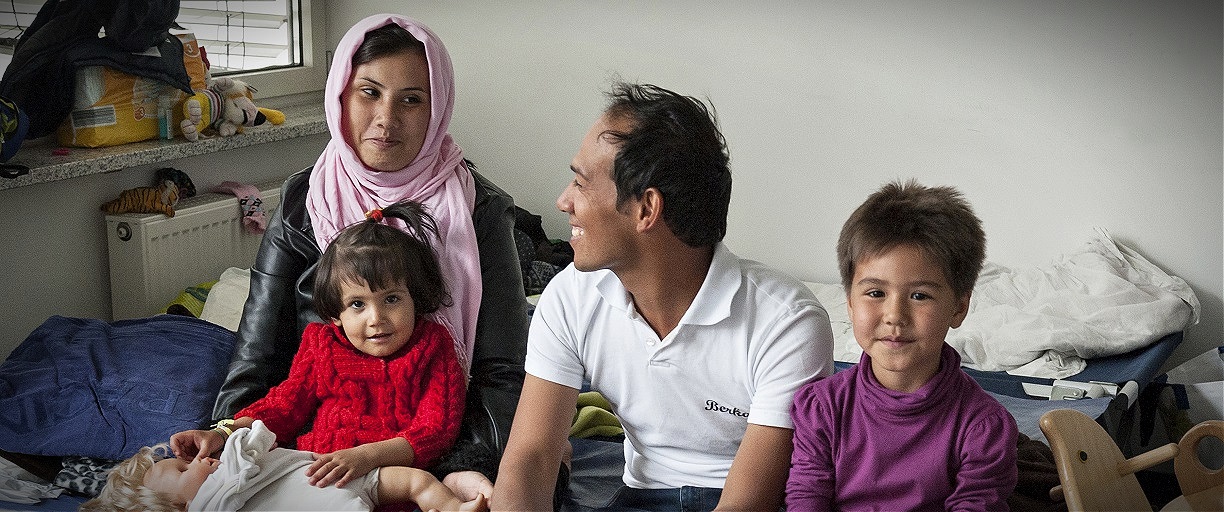Where do refugees settle upon arrival in the United States? As the global displacement crisis evolves, the factors driving individuals from their homes—violence, conflict, and even climate change—continue to change along with it.
On June 26, the American Immigration Council released a tool based on demographic data obtained through the Freedom of Information Act (FOIA) showing information about refugees resettled in U.S. cities and states throughout the country from October 1, 2017, through December 31, 2024. The data includes refugees’ nationality, age, gender, education level, native language, and English proficiency.
How are refugees resettled?
The U.S. Refugee Admissions Program (USRAP) managed by the U.S. Department of State is a legal pathway through which refugees can be resettled in the United States from abroad. In 1980, following a surge in migration of Southeast Asian refugees to the United States, Congress passed the Refugee Act of 1980 to standardize federally-supported resettlement services for all refugees admitted to the United States.
The president, in conjunction with Congress, determines the ceiling for refugee admissions annually before each fiscal year. Refugees undergo a rigorous vetting process that takes between 18 to 24 months and involves initial referrals, in-depth interviews, security screenings, and medical examinations.
Since 1975, the United States has resettled more than three million refugees. Once in the United States, the U.S. Department of State helps resettle refugees in communities throughout the country where they have been shown to revitalize local communities and economies and reduce local crime rates.
However, on January 20, President Trump issued an executive order effectively suspending USRAP for thousands of refugees applying for resettlement.

The Council’s FOIA Request
The State Department’s Refugee Processing Center’s WRAPSnet website publishes data showing the number of refugees that settle in each state and the monthly breakdown of resettlement by state and nationality. The State Department used to publish more granular data including city-level placement of refugees up until 2018 but took the data down.
The lack of city-level data on refugee resettlement presents a challenge for local communities. Researchers and local communities need more granular information to effectively welcome refugees and help them establish lives in the cities where they resettle. City-level data assists in resource allocation: local governments, schools, hospitals, and nonprofits need detailed data to plan services such as language access, housing, mental health and trauma care, as well as job placement programs. It assists policymakers and community planners conduct precise analysis of refugees’ economic impact, social cohesion, and integration trends.
In April 2024, the Council filed a request under FOIA with the Department of State for individualized, demographic, educational, and locational data on refugees admitted to the United States. The request also sought the data dictionaries the department maintains to effectively understand the government’s data. In July, the Council filed a lawsuit against the Department of State for failing to respond to the FOIA.
One of the main issues in receiving the data was to balance public disclosure of refugee resettlement by locality while still maintaining the privacy of refugees. The more granular the data, the easier it becomes for the public to cross-reference other public records and re-identify individuals—especially in small communities. During the litigation process, the Council and the Department of State negotiated the release of a subset of city-level data that maintains refugees’ privacy.
After months of litigation, the State Department provided the Council with six spreadsheets of data separated by national, state, and city resettlement on all refugees resettled in the United States from October 1, 2017, to December 31, 2024. Each row represents an individual refugee and entries in that row correspond to that individual’s resettlement location, nationality, gender, age at admission, highest level of education, native language, and English proficiency.
To maintain refugees’ privacy, the Council and the State Department reached an agreement that in localities where less than ten refugees of a given nationality were resettled (city, state, or United States as a whole) in a given calendar or fiscal year, refugees’ demographic data would be withheld. These measures minimize the risk of reidentifying refugees. To take extra precautions when publicly releasing or sharing the data, the Council increased the threshold for withholding demographic data to 50 individuals for any specific group.
Number of Resettled Refugees from FY2018–FY2024
There were 288,709 refugees resettled between October 1, 2017, to December 31, 2024. The graph below omits FY2025 as it only contained the first three months of the fiscal year (October 1, 2024, to December 31, 2024).
The top five states resettling refugees in this time period were Texas, California, New York, Washington, Ohio, and the top nationalities resettled were the Democratic Republic of Congo, Syria, Afghanistan, Burma, and Venezuela. Additionally, the top five languages spoken by refugees were Spanish, Arabic, Kiwsahili, Dari, and Kinyarwanda. Over 58% of refugees were of working age population.

Check out the Council’s tool to see the state-by-state breakdown of where these refugees were resettled, and more about their demographic and educational backgrounds. And if you are interested in accessing more information from this dataset, please contact [email protected].
 The American Immigration Council is a non-profit, non-partisan organization.
The American Immigration Council is a non-profit, non-partisan organization. 